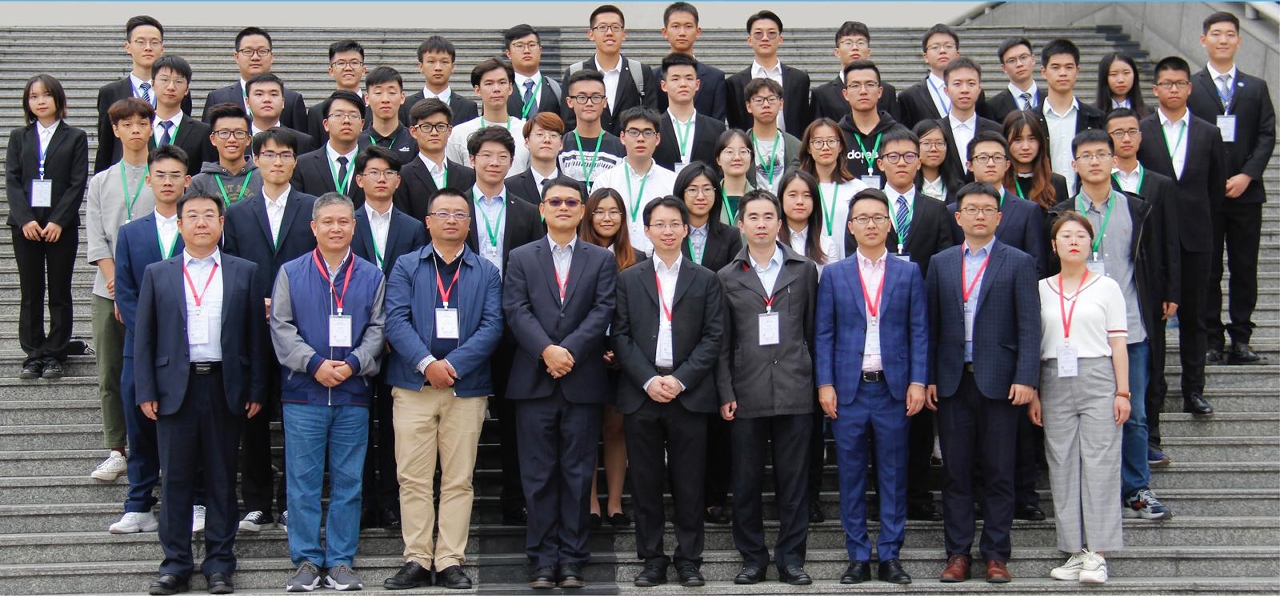 Prof Er Guokang and five students participate in the fifth American Society of Civil Engineers – International Student Group (ASCE-ISG) Greater China Student Conference
Prof Er Guokang and five students participate in the fifth American Society of Civil Engineers – International Student Group (ASCE-ISG) Greater China Student Conference
Prof Er Guokang and five students from the University of Macau (UM) Department of Civil and Environmental Engineering recently participated in the fifth American Society of Civil Engineers--International Student Group (ASCE-ISG) Greater China Student Conference, which was held at Southwest Jiaotong University in Chengdu, China. During the event, UM students exchanged ideas with their counterparts from other universities. The trip broadened the students’ horizons, increased their knowledge in civil engineering, and helped them build friendships with other students.
Organised by Southwest Jiaotong University, the event attracted representatives from 11 universities, including Hong Kong University of Science and Technology, UM, Tongji University, Chongqing University, Hohai University, Zhejiang University, Dalian University of Technology, Southeast University, China University of Mining and Technology, and the Harbin Institute of Technology. During the event, Kelvin Tsang, president of the ASCE Hong Kong Section Board of Direction, gave an opening speech. The representatives of different universities then gave brief presentations on the ASCE’s student chapters at their universities, including the chapters’ daily operation, past activities, and future plans, in order to learn from each other’s experience. According to them, the student chapters aim to recruit more civil engineering students to ensure the chapters’ sustainable development.
UM students also visited the various facilities on the campus of Southwest Jiaotong University, including the National Engineering Laboratory for Technology of Geotechnical Disaster Prevention in Land Transportation, the Key Laboratory of Wind Tunnel Engineering, and the Experimental Teaching Center of Civil Engineering. The XNJD-3 wind tunnel in the Key Laboratory of Wind Tunnel Engineering left a particularly deep impression on the students. The experiment for the Çanakkale 1915 Bridge, the longest suspension bridge in the world, was conducted in this tunnel. The construction of the tunnel was completed in 2008 and it is currently the world’s largest boundary layer wind tunnel, which is able to simulate the effects of the strongest natural wind on a structure.
Students say the trip has enabled them to learn more about the application of civil engineering technology in daily life and the operation of various research units, which will help them put their knowledge into practice.




